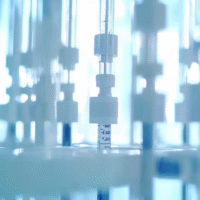Understanding the Trial Results
This study looked at how different methods of sealing teeth after root canal treatment affect pain levels after the procedure. Here’s what we found:
What Worked?
- Most patients experienced low to moderate pain after the treatment.
- Using the CeraSeal sealer resulted in less pain compared to the AH Plus sealer.
- Patients did not need to return for emergency visits due to pain.
What Didn’t Work?
- The different sealing techniques did not significantly change pain levels.
- Sealer extrusion (when sealing material leaks out) was linked to higher pain scores.
How Does This Help Patients and Clinics?
- Patients can expect manageable pain after root canal treatments.
- Clinics can choose CeraSeal to potentially reduce pain for patients.
Real-World Opportunities
- Hospitals and clinics can adopt the CeraSeal sealer for better patient comfort.
- Training staff on the best sealing techniques can improve patient outcomes.
Measurable Outcomes
- Track patient pain levels using a simple scale (0-10) after treatment.
- Monitor the occurrence of sealer extrusion and its impact on pain.
AI Tools That Can Help
- AI tools can analyze patient data to predict pain levels based on sealing techniques.
- AI can assist in tracking patient feedback and outcomes efficiently.
Step-by-Step Plan for Clinics
- Start by training staff on the use of CeraSeal sealer.
- Implement a system to measure and record patient pain levels after treatment.
- Gradually introduce different sealing techniques and monitor outcomes.
- Use patient feedback to adjust practices and improve care.
For more details on this research, you can read the full study here.



























